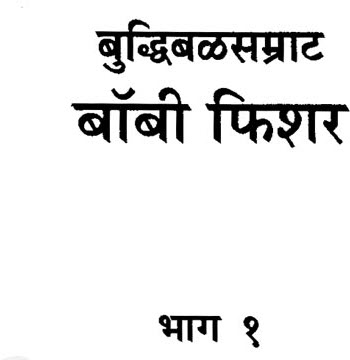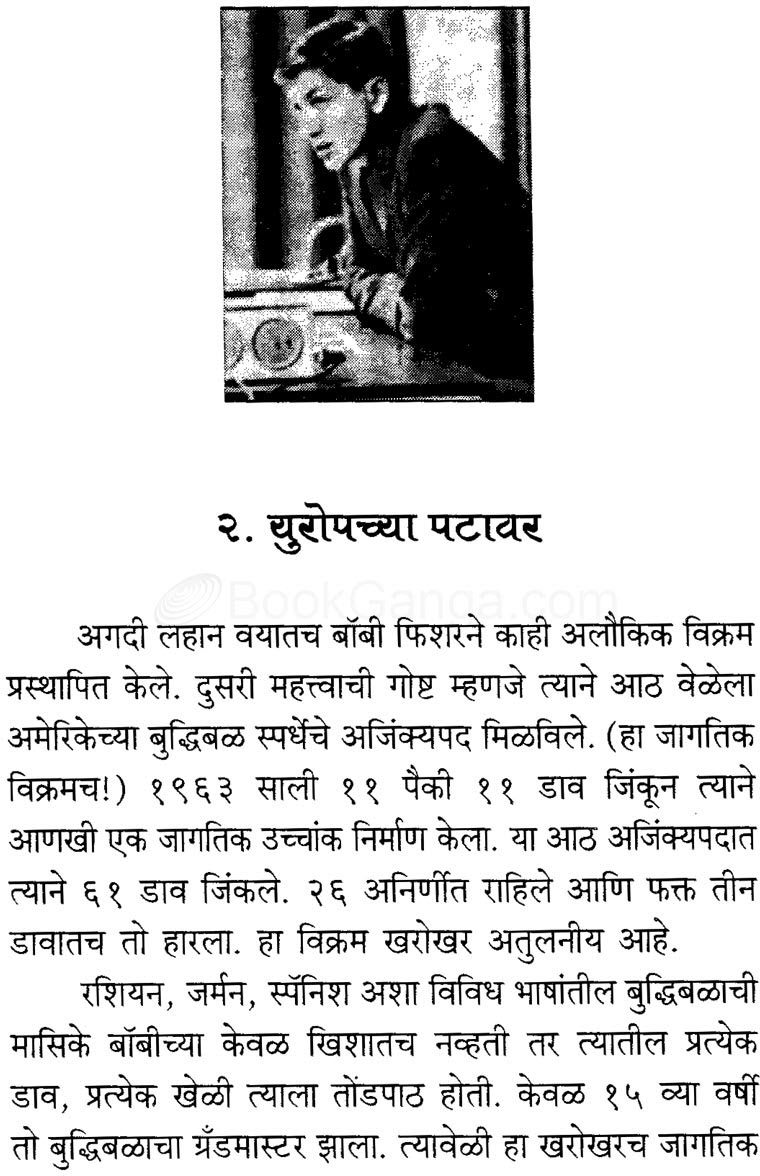

White moves first, then players alternate moves. A game in a public park in, using a The player controlling the white pieces is named 'White' the player controlling the black pieces is named 'Black'. The latter refers to setting up the board so that the square closest to each player's right is white (:16–17). Popular mnemonics used to remember the setup are 'queen on her own color' and 'white on right'. The pawns are placed one square in front of all of the other pieces. The king takes the vacant spot next to the queen. The queen is placed on the central square of the same color of that of the player: white queen on the white square and black queen on the black square. The bishops are placed immediately inside of the knights. The knights are placed immediately inside of the rooks. The rooks are placed on the outside corners, right and left edge. The pieces are placed, one on a square, as follows. At the beginning of the game, the pieces are arranged as shown in the diagram: for each side one, one, two, two, two, and eight. Each player controls sixteen pieces: Piece Number 1 1 2 2 2 8 Symbols. Horizontal rows are called and vertical rows are called.

The board is placed so that a white square is in each player's near-right corner. Sixteen 'white' and sixteen 'black' pieces are placed on the board at the beginning of the game. No matter what the actual colors of the board, the lighter-colored squares are called 'light' or 'white', and the darker-colored squares are called 'dark' or 'black'. Starting position Chess is played on a, a square board divided into 64 squares (eight-by-eight) of alternating color, which is similar to that used in (checkers). Using pieces in tandem almost always yields a better result than using one piece alone. I find it helpful to have a support piece in mind when making an attack. When attacking, it's a bad idea to let any of your pieces become cut off from your main force. Try an keep power distributed fairly evenly, and bring pieces over to add strength if you see an attack coming. Board Control: When building defenses, remember to look at the board and gauge how strong you are in certain areas of the board.

Pawn Promotion: Although a pawn can be promoted to a variety of pieces, the strongest choice is almost always to promote to queen. Pawns become more valuable as they near promotion. Piece Value: Obviously you want to protect your pieces from capture, but it helps to know which pieces are the strongest so you can decide who to save if you must choose between two.Ī good explanation of piece value is available on Queen: Strongest = Most Value Rook Bishop, Knight Pawn: Weakest = Least Value The bishop and the knight are commonly considered equal on the value scale, however many feel (myself included) that the bishop has a slight edge over the knight. However, I wanted to leave the new player with a few hints that will hopefully aid in victory. This is checkmate.Ĭhess is an incredibly complex strategic game, and it is impossible to go into all of the possible tactics one could use to win. The king cannot take the queen, because the knight is protecting the queen. In the illustration the white queen has the black king in check, and all of the spaces where the king can move can be attacked by the queen. A king is in checkmate if it is in check, the opponent's piece that has the king in check cannot be captured, the check cannot be blocked, and the king cannot move to a square that is not under attack. Putting an opponent's king in 'checkmate' is the only way to win the game. If the rook can be attacked by an opponent's piece before castling. If the king was in check, but is no longer. There are no pieces between the king and castling-side rook. The king does not move through or into check. The king can castle to either side as long as: 1. During castling a king moves two spaces towards the rook that it will castle with, and the rook jumps to the other side. Players cannot take or move through their own pieces.Ĭastling is the only move that allows two pieces to move during the same turn. Only pawns take differently than they move (explained later). Taking Pieces: Players take pieces when they encounter an opponent in their movement path. Players can only move one piece at a time, except when castling (explained later). I entered the program uncertain on the proper use of essential.
#Chess rules in tamil pdf pdf
Turns: White always moves first, and players alternate turns.Ĭhess Game Rules In Tamil Pdf Kama The Aromatherapy Certification Program with Liz at Aromatic Wisdom Institute surpassed my expectations. Remember that the queen must be on a square that matches her color. There should always be a white square at the closest right-hand side for both players.


 0 kommentar(er)
0 kommentar(er)
